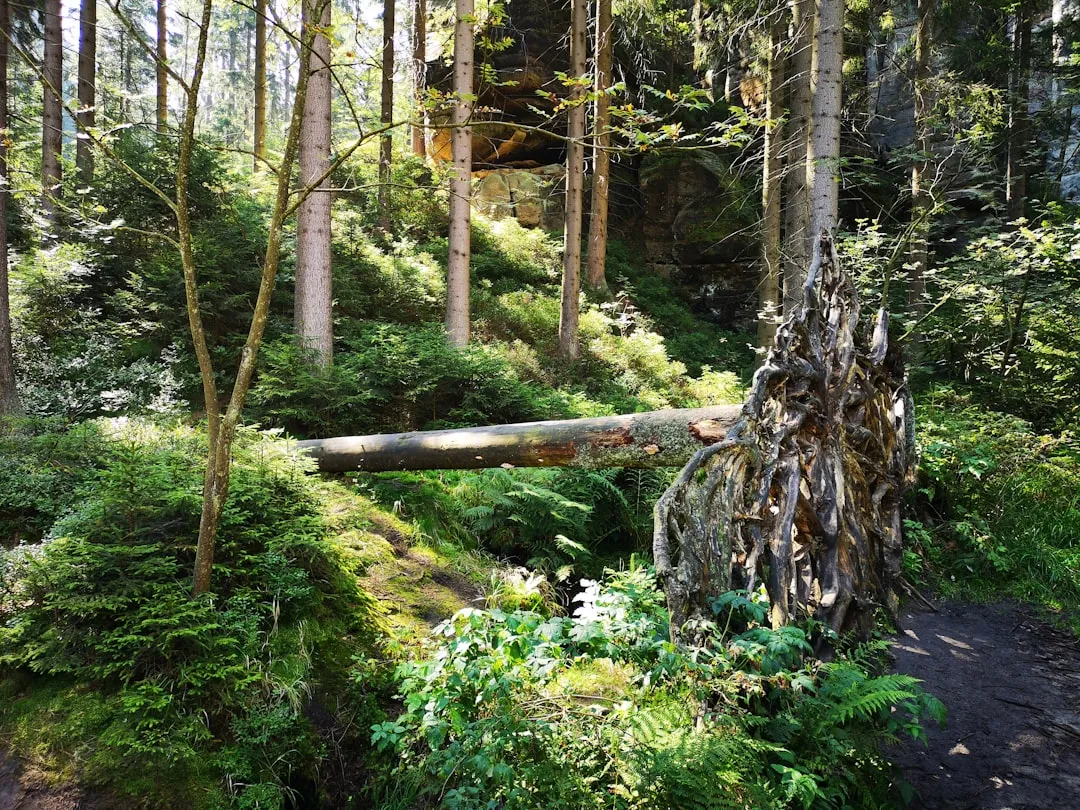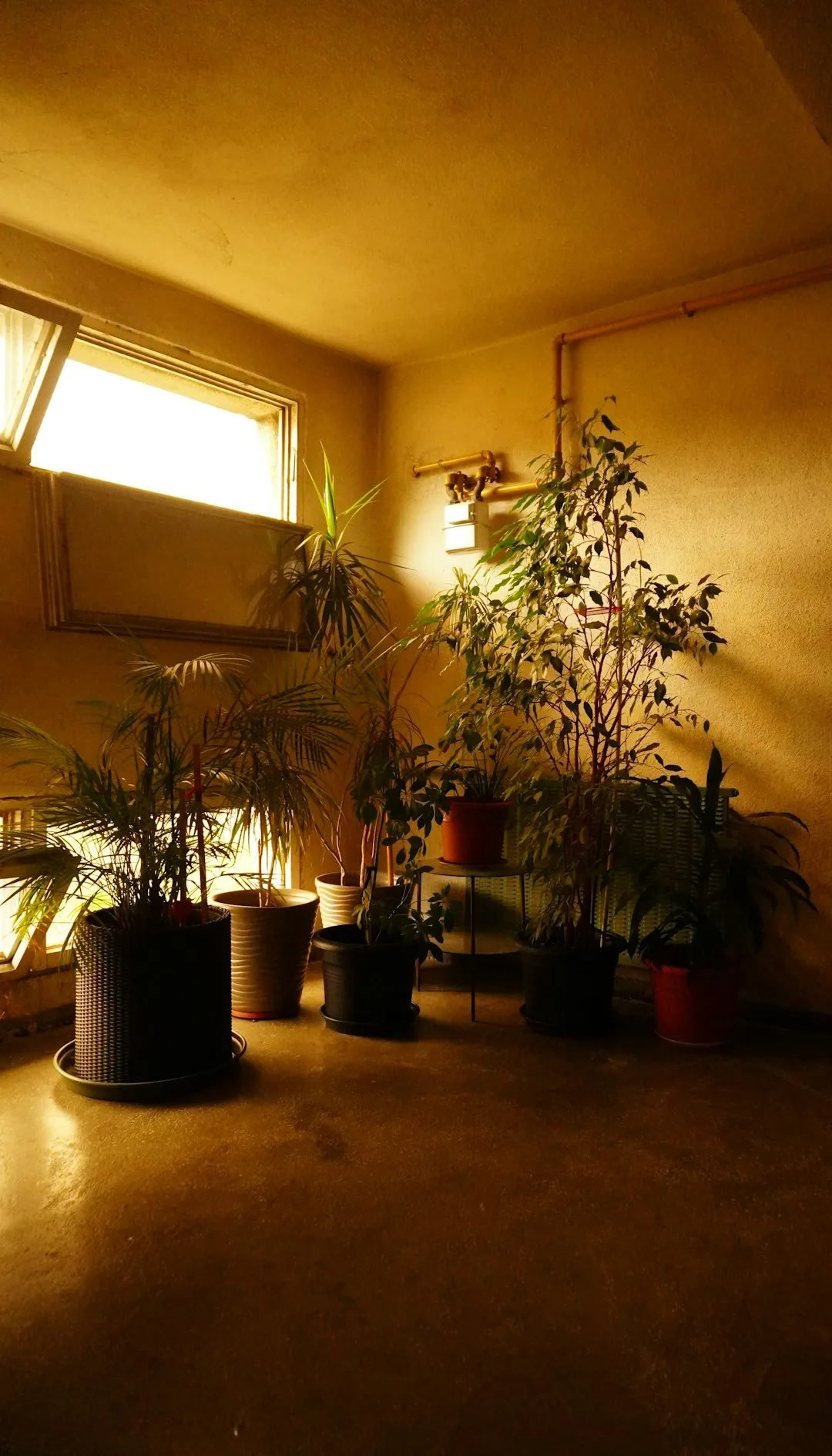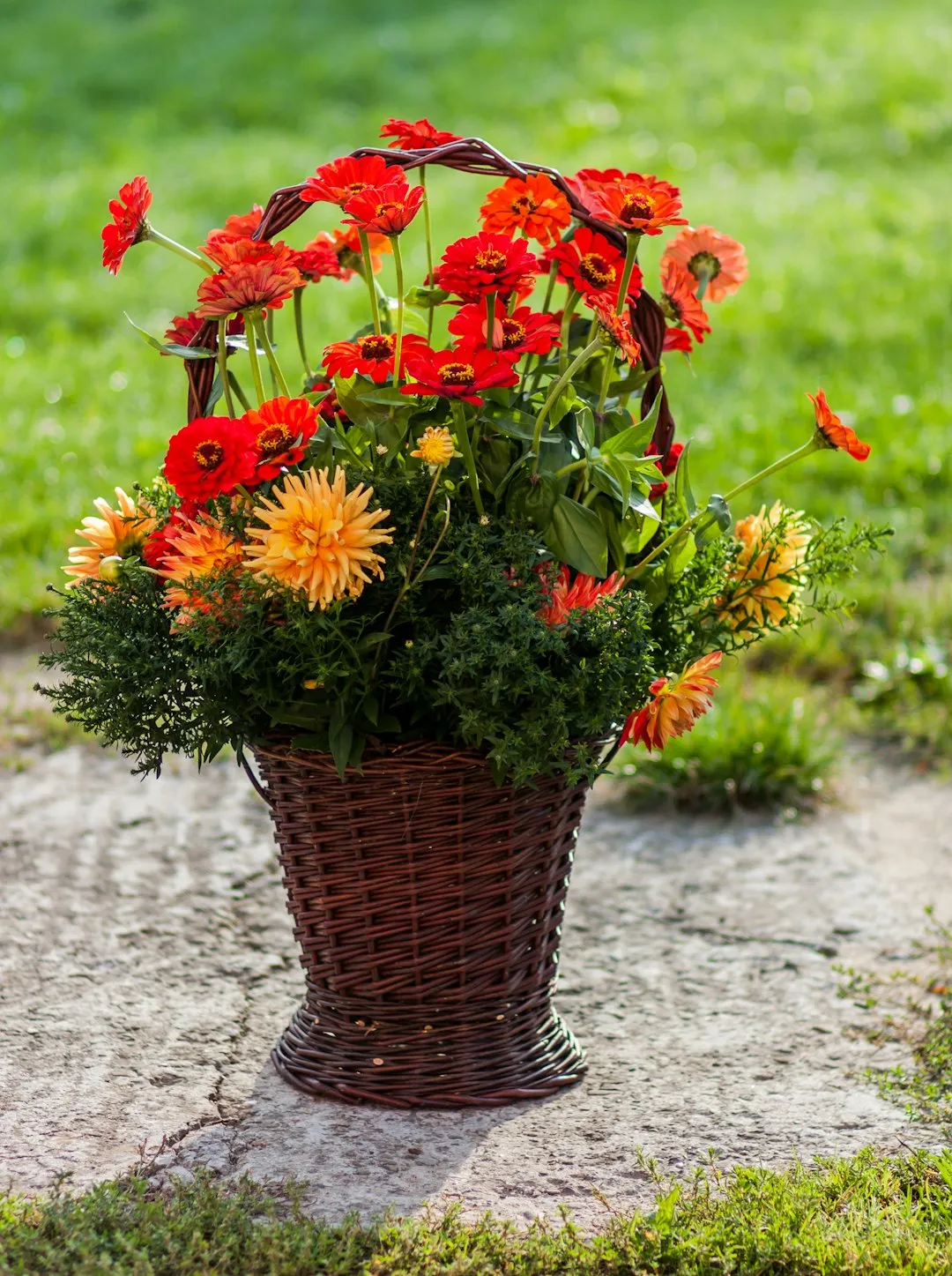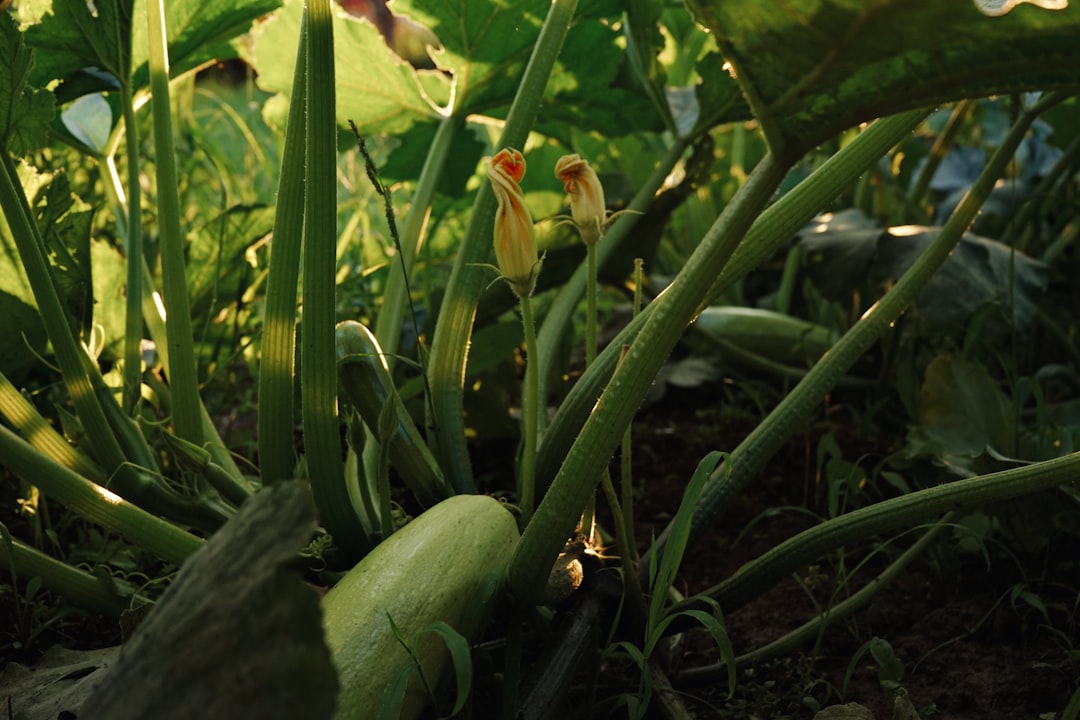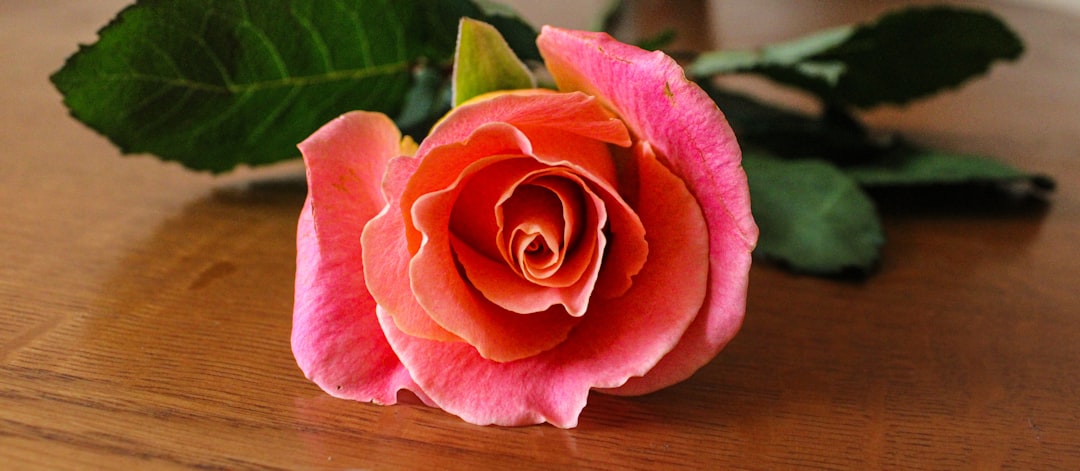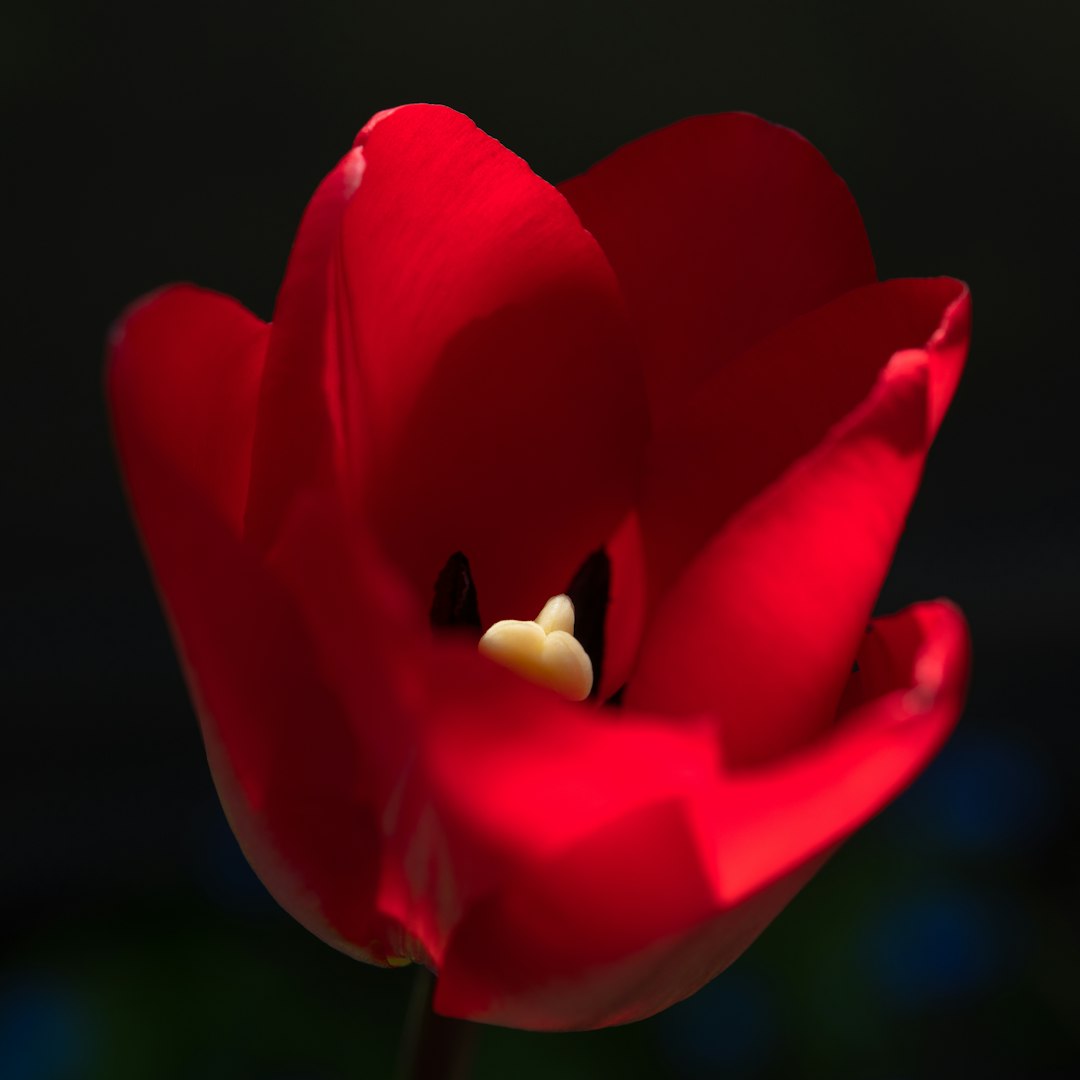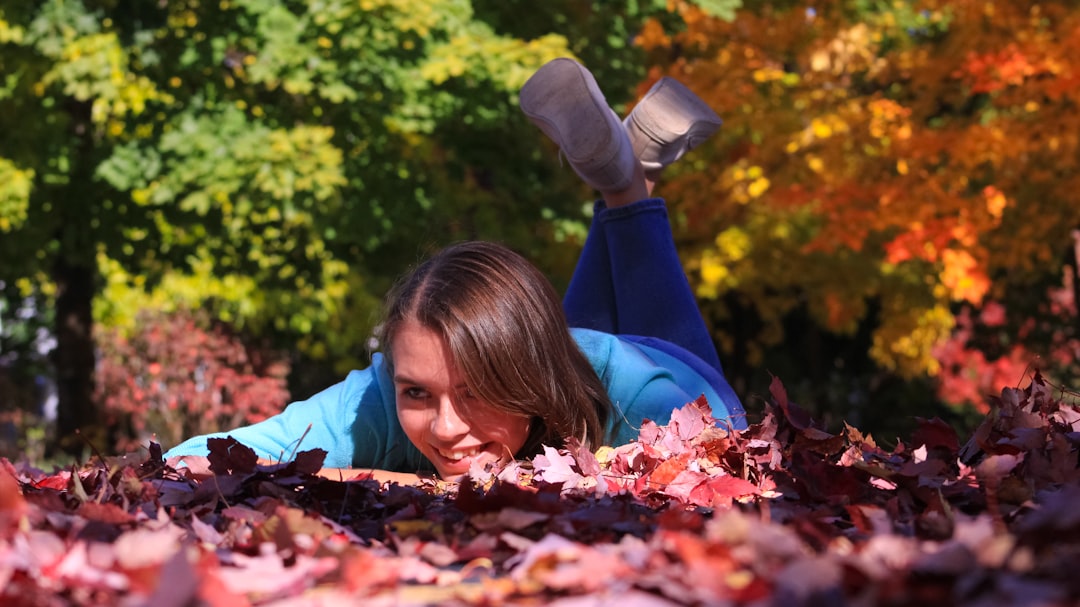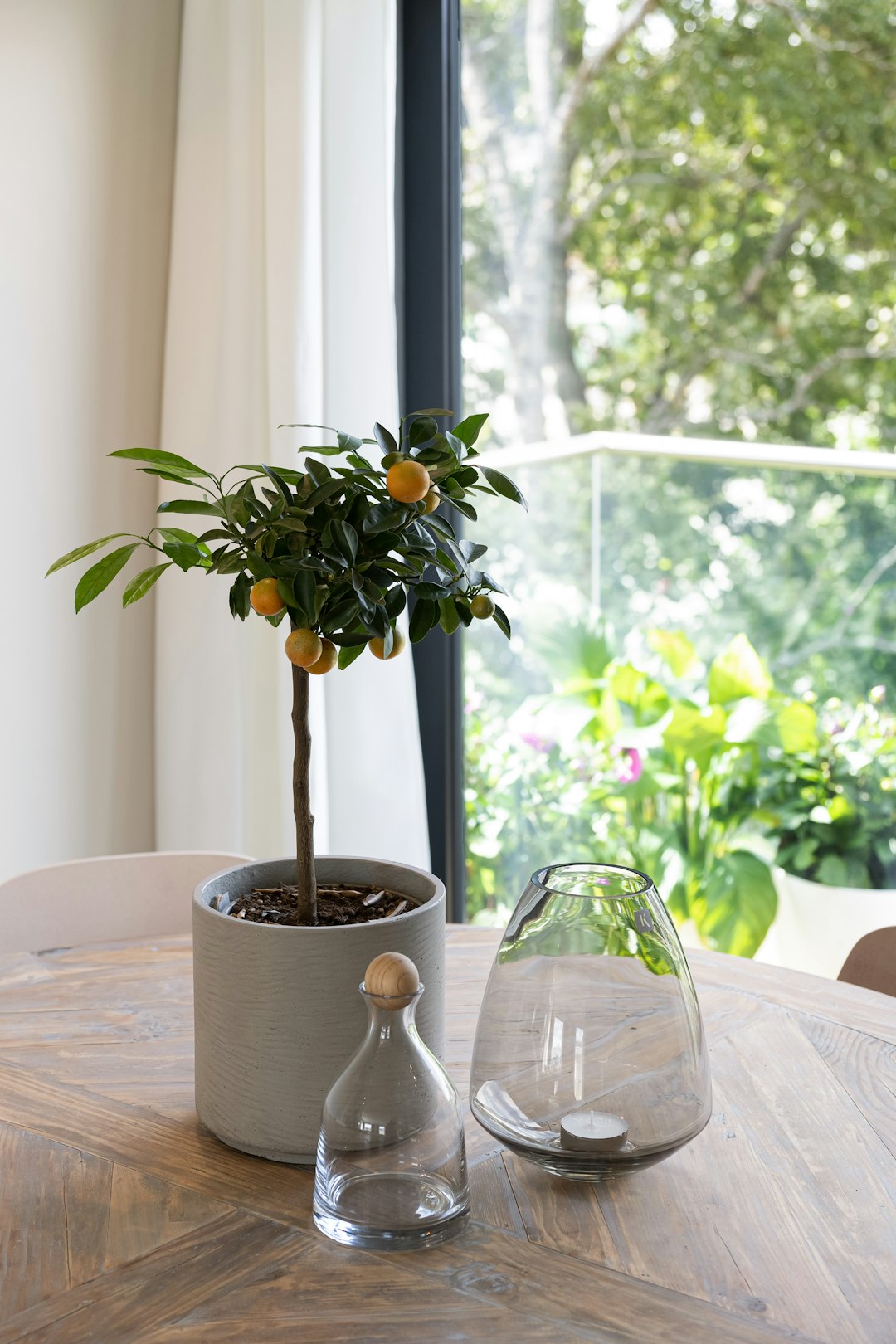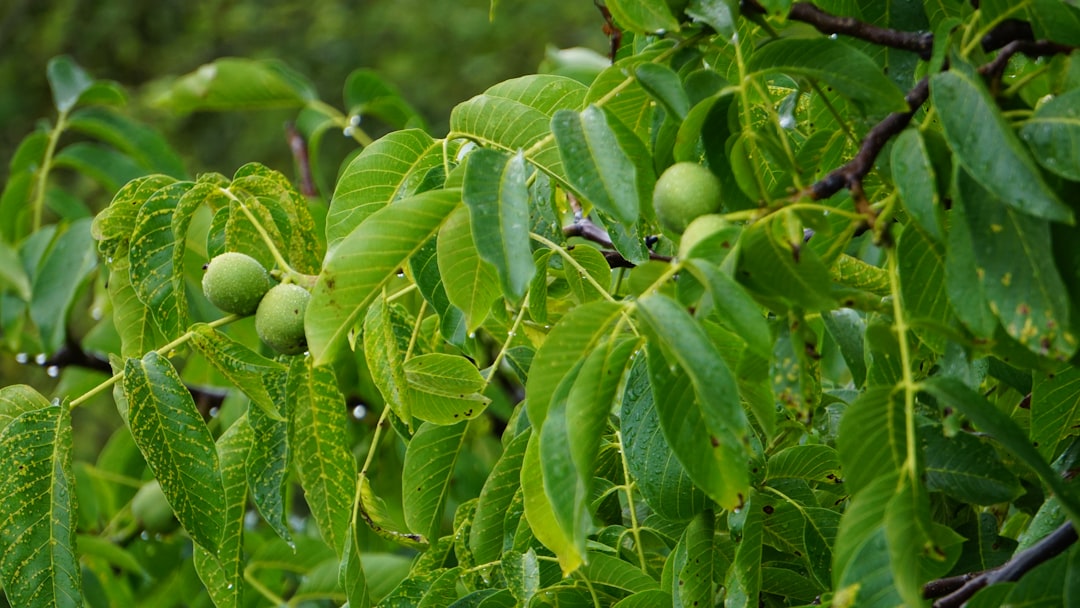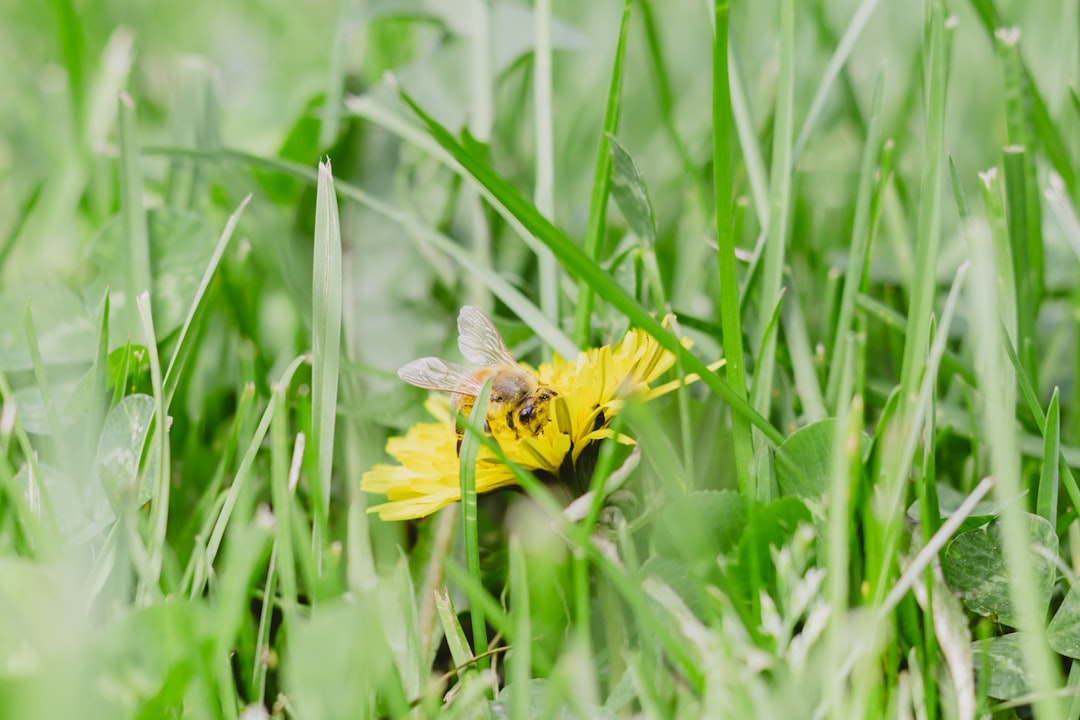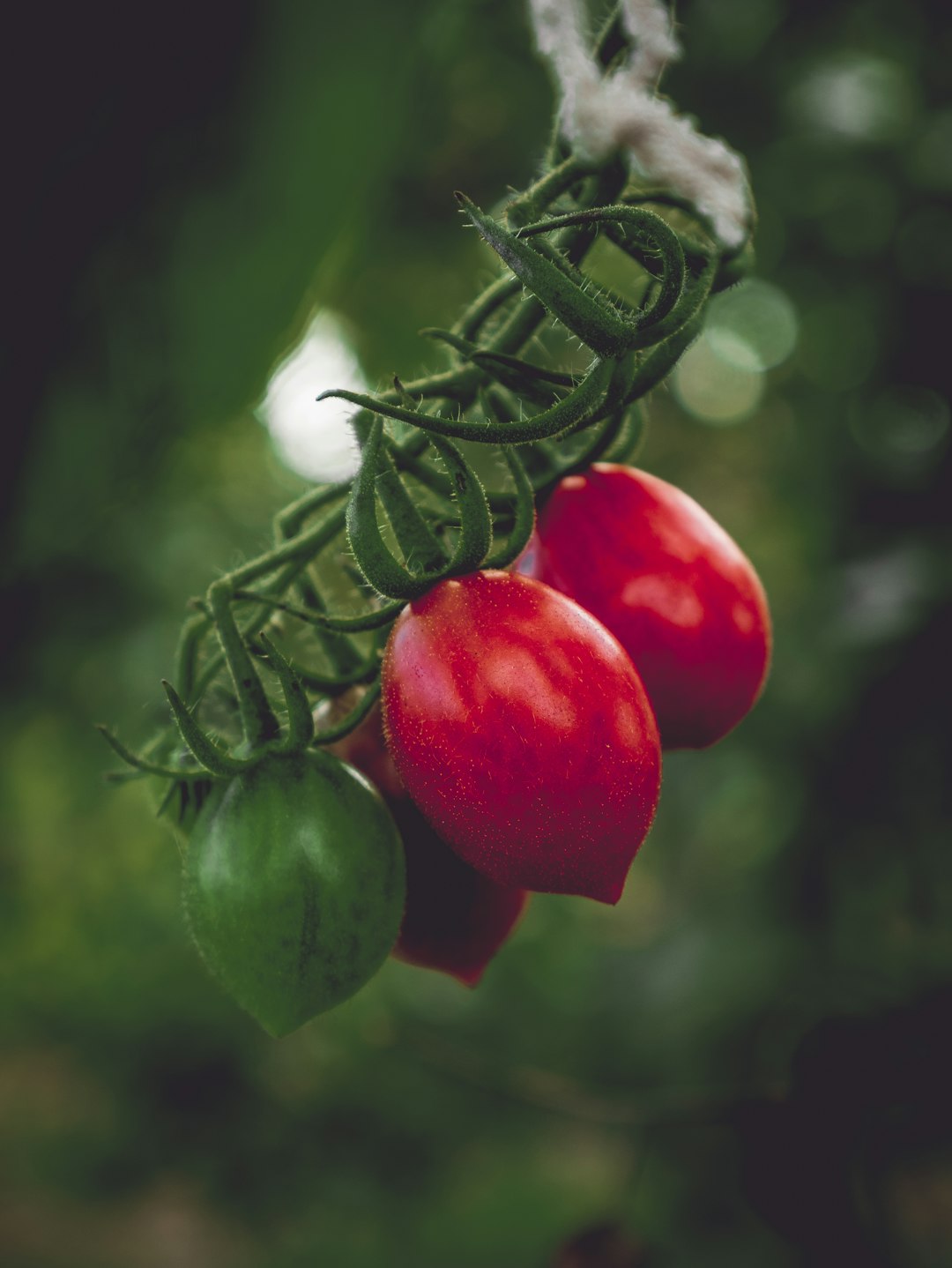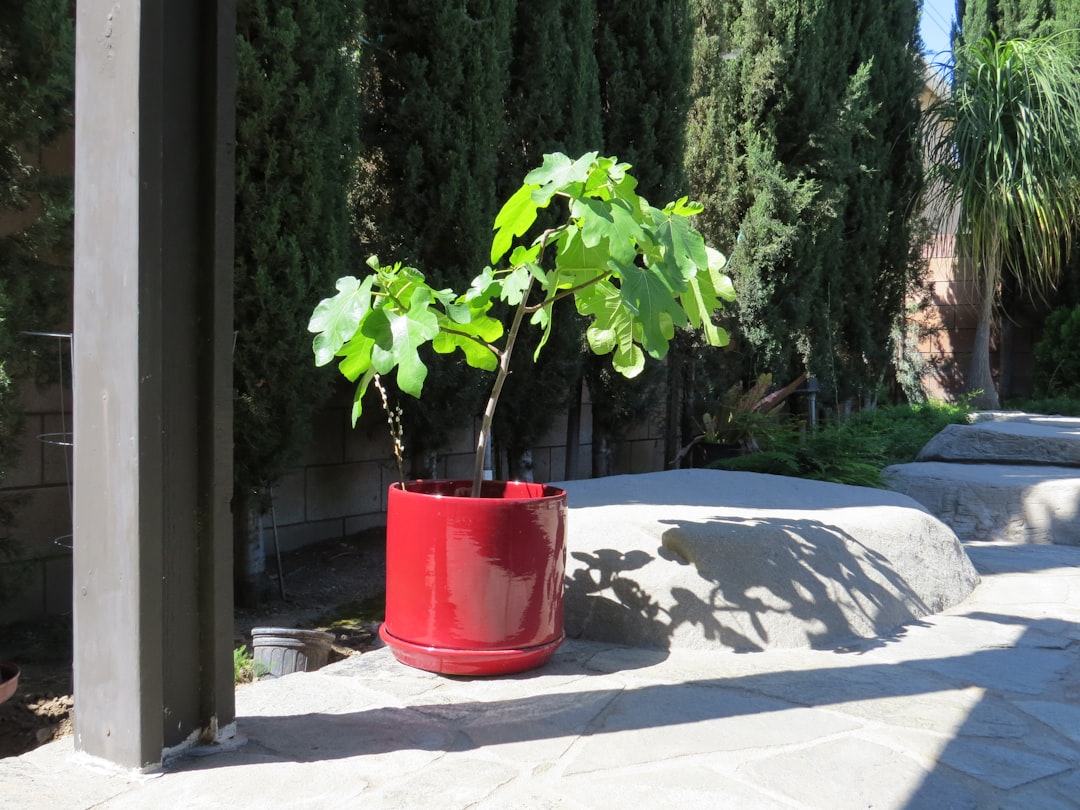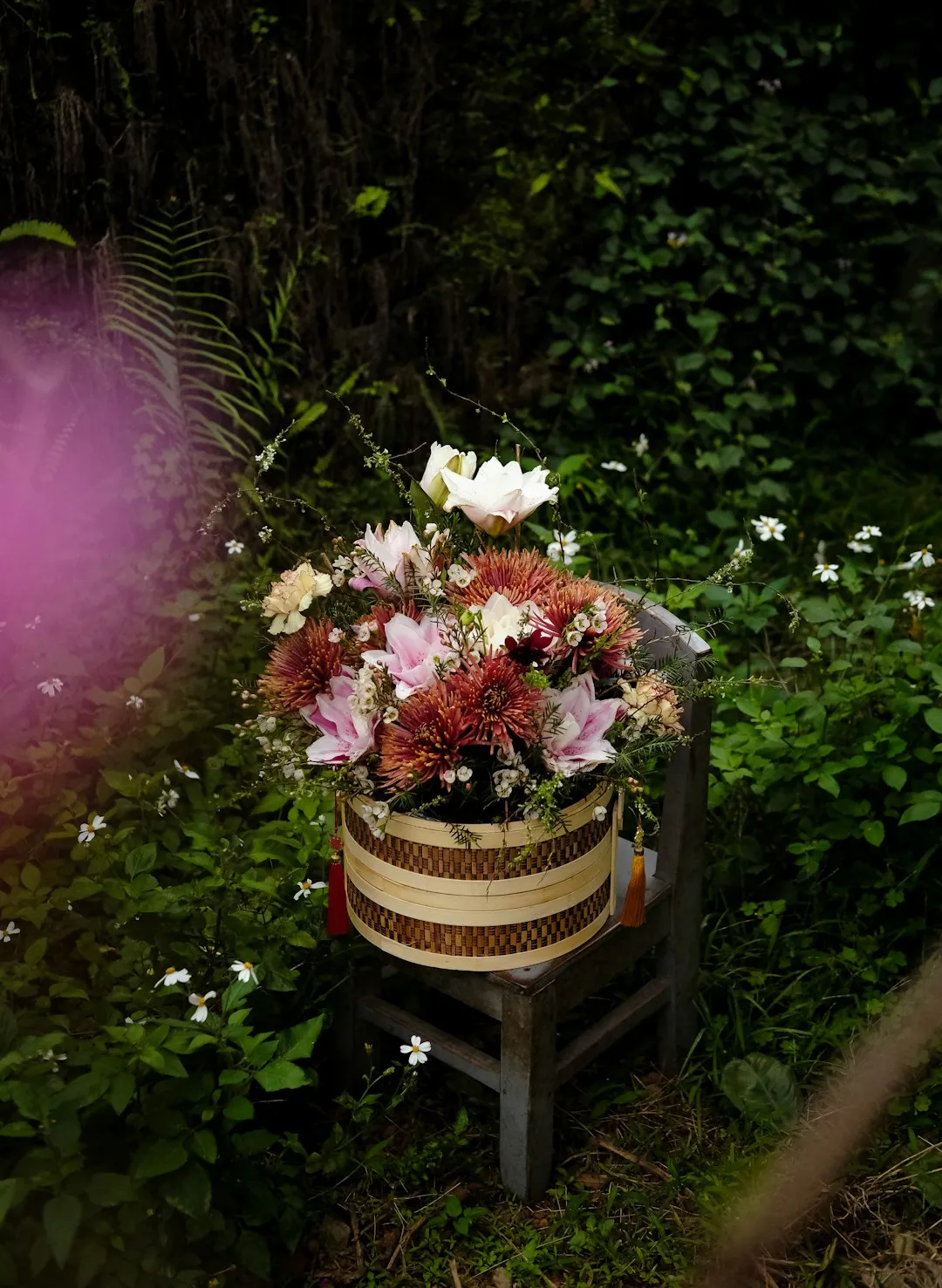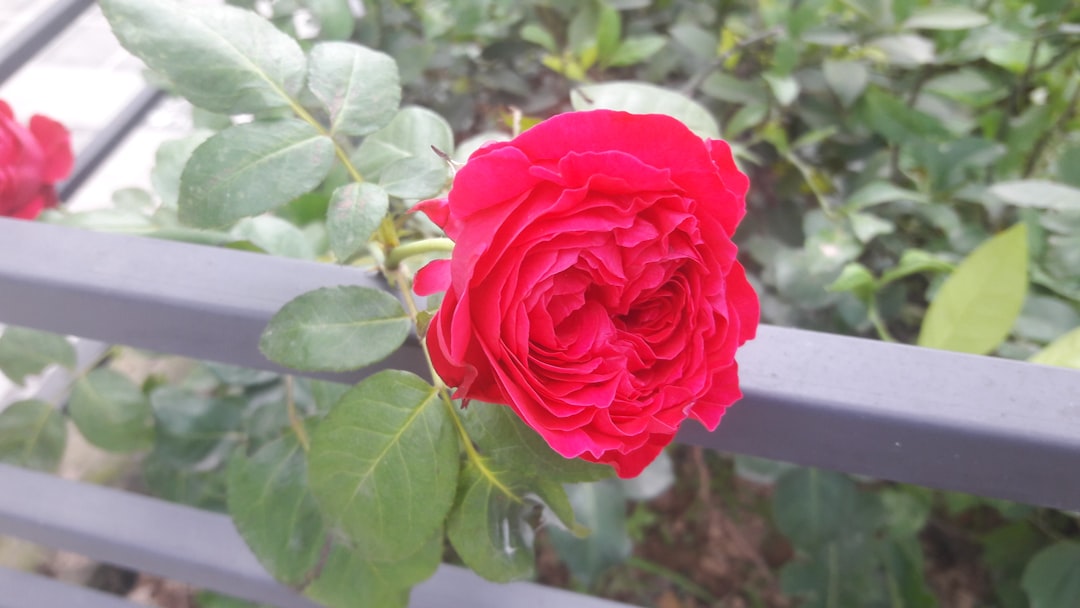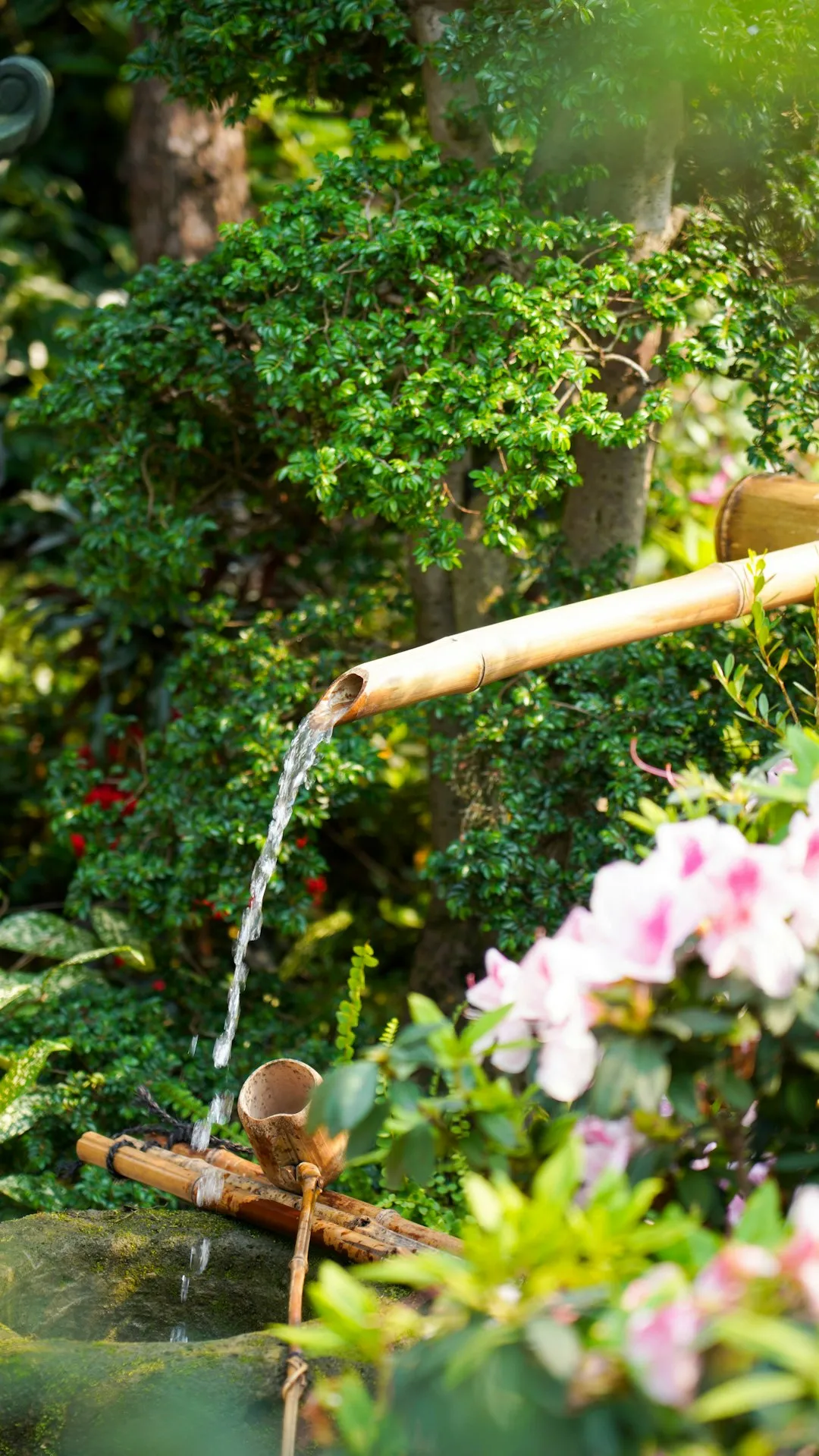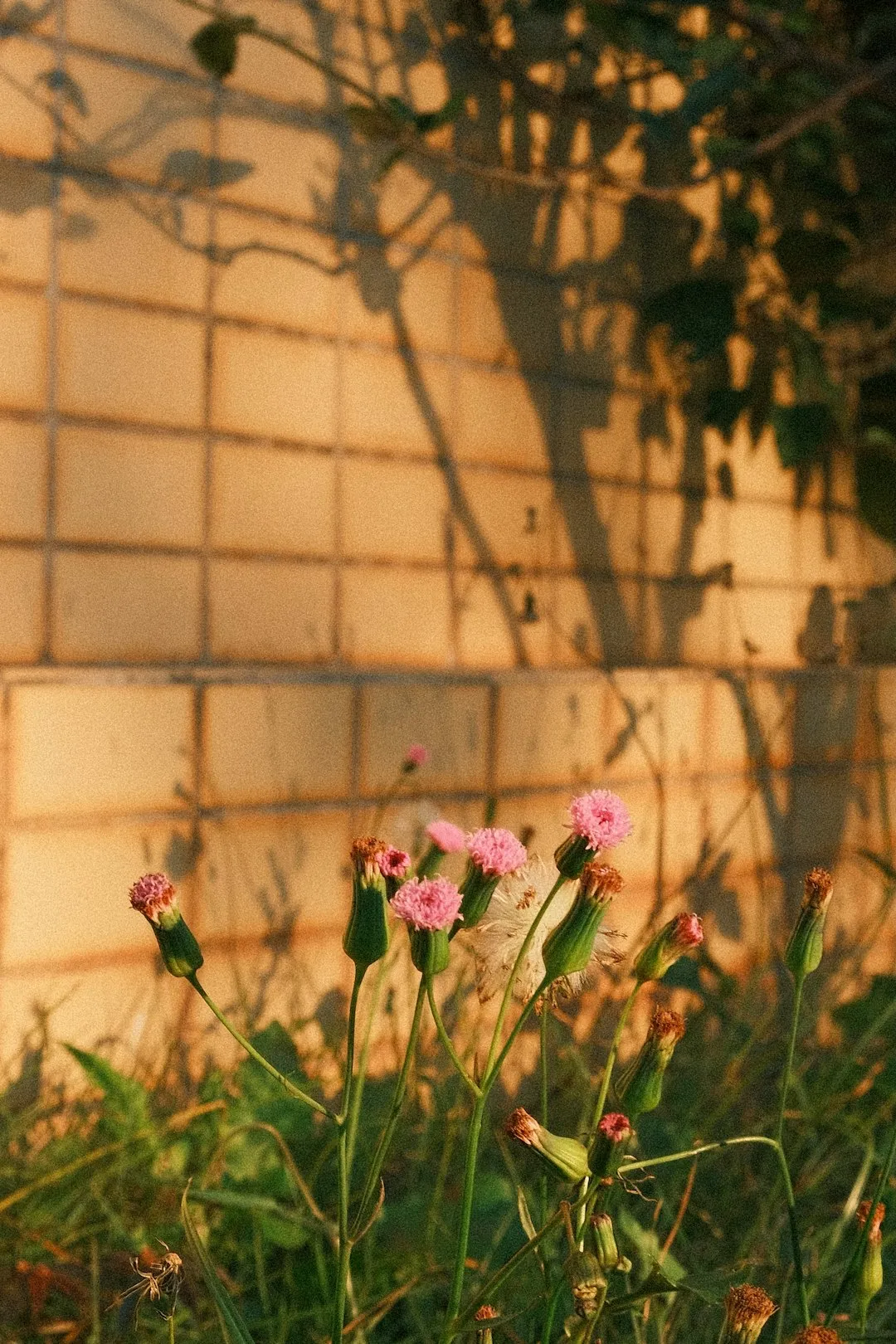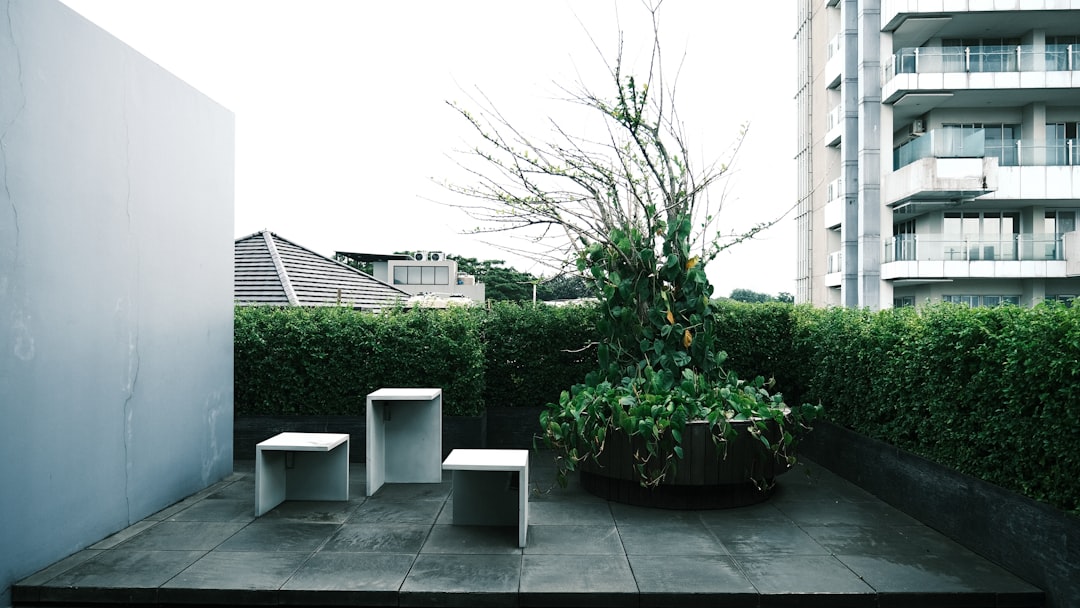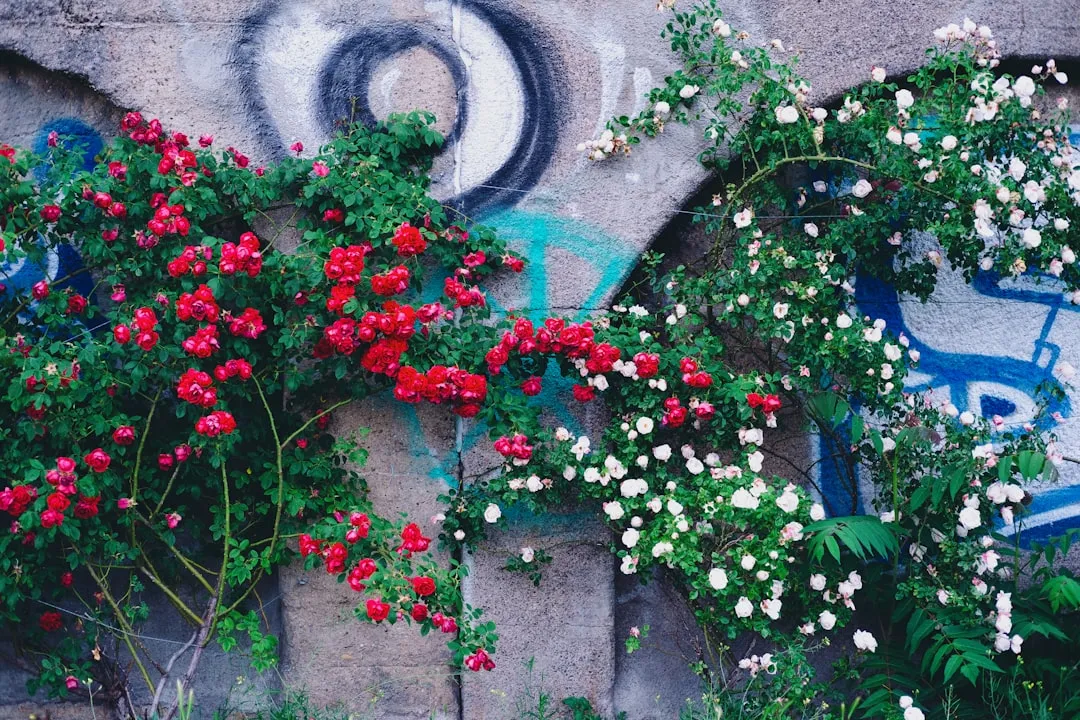Jack - in - the - pulpit, scientifically known as Arisaema triphyllum, is a captivating perennial that adds a touch of intrigue and natural beauty to moist shade and woodland gardens. Its unique appearance, characterized by a hooded spathe (the "pulpit") and a spadix (the "Jack"), makes it a favorite among garden enthusiasts. Here are some essential tips for successfully growing this remarkable plant.
1. Understanding the Natural Habitat
Jack - in - the - pulpit is native to eastern North America, where it thrives in the dappled shade of deciduous forests. This gives us a clue about its ideal growing conditions. In your garden, try to mimic this natural environment. Look for areas that receive filtered sunlight, such as under the canopy of large trees or on the north - facing side of a building. The soil should be rich, moist, and well - drained. These plants are often found in areas with a high organic matter content, so amending your soil with compost or well - rotted manure can greatly benefit their growth.
2. Planting Jack - in - the - Pulpit
The best time to plant Jack - in - the - pulpit is in the fall. You can start with either corms or seeds. If using corms, plant them about 2 - 3 inches deep and 6 - 8 inches apart. Make sure the pointed end of the corm is facing upwards. If you're starting from seeds, it's a bit more of a long - term project. Soak the seeds in water for 24 hours before planting them in a seed tray filled with a mixture of peat moss and perlite. Keep the tray in a cool, dark place for about three months to simulate winter dormancy. After that, move it to a location with indirect light and keep the soil moist. Germination can take several weeks to months.
3. Watering and Moisture Requirements
As a plant that naturally grows in moist environments, Jack - in - the - pulpit has relatively high water needs. During the growing season, which typically runs from spring to early fall, make sure the soil remains consistently moist. However, avoid waterlogging, as this can lead to root rot. A good way to maintain the right moisture level is to mulch around the plants with a layer of shredded leaves or bark. This helps to retain moisture in the soil and also provides some insulation during colder months.
4. Fertilization
Jack - in - the - pulpit doesn't require heavy fertilization. A light application of a balanced, slow - release fertilizer in the spring can be beneficial. You can also top - dress the soil with compost annually to provide a steady supply of nutrients. Avoid over - fertilizing, as this can cause excessive foliage growth at the expense of flower production.
5. Pest and Disease Management
One of the advantages of growing Jack - in - the - pulpit is that it is relatively pest and disease - resistant. However, it can sometimes be affected by slugs and snails, especially in wet conditions. You can control these pests by using organic slug baits or by creating barriers around the plants, such as copper tape. In terms of diseases, root rot can be a problem if the soil is too wet. To prevent this, ensure proper drainage and avoid over - watering.
6. Propagation
Besides growing from seeds and corms, Jack - in - the - pulpit can also be propagated by division. This is best done in the fall when the plant is dormant. Carefully dig up the clump and separate the corms. Replant the divided corms at the appropriate depth and spacing, and they should establish themselves in the new location.
7. Enjoying the Blooms
Jack - in - the - pulpit typically blooms in late spring to early summer. The flowers are not only visually interesting but also play an important role in the ecosystem. They attract pollinators such as flies and beetles. After the flowers fade, the plant produces bright red berries in the fall, which add another splash of color to the garden. However, it's important to note that all parts of the plant are toxic if ingested, so keep children and pets away from the berries.
In conclusion, growing Jack - in - the - pulpit can be a rewarding experience for gardeners who appreciate unique and native plants. By following these essential tips, you can create a thriving environment for this beautiful perennial in your own garden.


